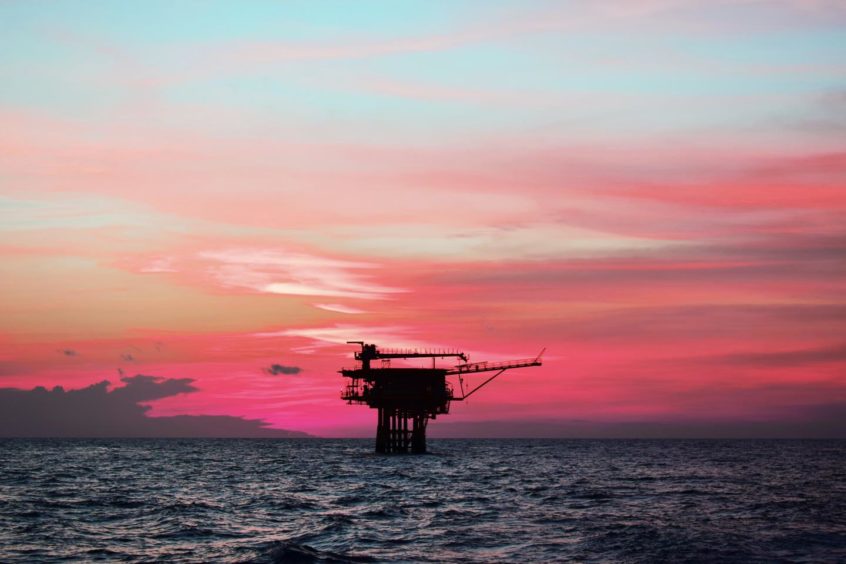
Indonesian upstream regulator SKK Migas is preparing a strategic plan covering the decommissioning of more than 100 upstream oil and gas platforms in Southeast Asia’s largest producer of hydrocarbons.
SKK Migas said earlier this week that there are currently 634 oil and gas platforms offshore Indonesia. Of these, 527 are still actively used for upstream operations, while 100 platforms are not operating and need to be dismantled. An additional seven platforms are being decommissioned this year.
The upstream regulator said that preparations for decommissioning the remaining 100 platforms will be carried out in stages within the next seven years.
“In Indonesia, about 75% of the some 450 offshore platforms are more than 20 years old and nearing the end of production. Recently, Pertamina, Indonesia’s state-owned integrated oil and gas company, has entered into deals to acquire a number of mature assets (most notably the Rokan Block which Chevron had been operating since 1971), further exposing them to inevitable decommissioning obligations, reported law firm Akin Gump last year.
However, outdated contracts and a lack of legislative guidance and clarity, has left the decommissioning market stagnant. But that looks set to change as SKK Migas starts to address the challenges ahead for the vast equatorial archipelago that has been pumping oil since the 1960s.
Susana Kurniasih, head of communications at SKK Migas, said that the regulator is collaborating with other government institutions and countries on financial, as well as technical, considerations.
“We received an offer from the Korean Government to decommission the Attaka I, Attaka UA, Attaka EB platforms. This assistance is provided in order to carry out a pilot project to demolish platforms that are no longer in use through cooperation between countries,” said Kurniasih.
“From the three platforms studied, it is possible that two platforms will be realised. This activity is a pilot project which is expected to produce a pattern of demolition for other platforms,” he added.
SKK Migas said that decommissioning studies are underway to determine the best path forward. Several options are being considered, including reusing equipment for upstream operations elsewhere; dismantling and temporarily storing equipment; selling the platforms to third parties; reusing the facilities for non-upstream activities, such as artificial coral reefs, or as mooring points for fishing boats and storing weather monitoring equipment, as well as monitoring stations for state border security.
“In carrying out the demolition, it is not enough to just conduct a technical study, because there are permits that must be fulfilled. In addition, the goods to be removed are state assets, so the implementation of activities is carried out with several agencies such as the Ministry of Energy and Mineral Resources, the Ministry of Finance, the Ministry of Transportation, the Ministry of the Environment,” said Kurniasih.
Indeed, decommissioning Southeast Asia’s ageing oilfields offers a vast but challenging market opportunity.
More than 200 offshore fields are expected to stop producing in Southeast Asia by 2030 with total decommissioning costs estimated to range from $30 billion to as much as $100 billion.
Indeed, the potential market opportunity in Southeast Asia could be huge with more than 1500 platforms and over 7000 wells projected to need decommissioning by 2030.
